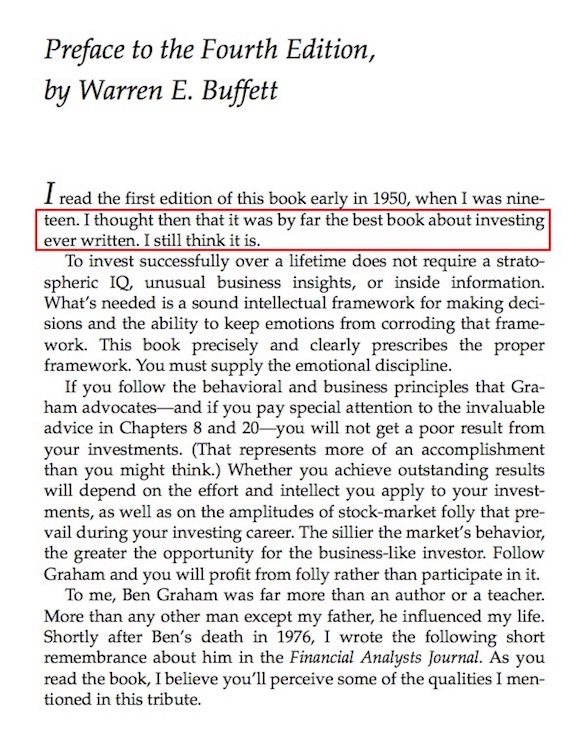The investment framework of Benjamin Graham — Warren Buffett's mentor — also provides the behavioral framework for making coldly logical financial decisions.
Biases In Investment
There are a number of cognitive biases that hinder the average investor, most of which one is usually completely unaware of.
- The Availability Heuristic is a type of bias where people make a decision or a judgement based ease of retrievability and recall.
- The Bandwagon Effect refers to the tendency people have to adopt a certain behavior, style, or attitude simply because everyone else is doing it.
- The Confirmation Bias involves favoring information that confirms your previously existing beliefs or biases.
- An Information Bias is believing that the more information that can be acquired to make a decision, the better, even if that extra information is irrelevant for the decision.
- A Recency Bias is the tendency to weigh recent events more heavily than earlier events.
Buffett On Graham
Graham's final investment text — The Intelligent Investor — was reprinted in 1986 with a preface by Warren Buffett, in which he describes it as "by far the best book about investing ever written".
"This book precisely and clearly prescribes the proper framework. If you follow the behavioral and business principles that Graham advocates... you will not get a poor result from your investments. (That represents more of an accomplishment than you might think.)"
Graham's framework therefore provides not only the statistical framework for investment operations, but also the behavioral framework for overcoming one's cognitive biases.
Benjamin Graham
Part of an original Value Investing masterclass by Graham, where he discusses the topic of investor psychology.
Buffett On Biases
Formulas Beat Individuals
A Nobel Laureate in Economic Sciences, Daniel Kahneman explains how formulas based on experience regularly beat individual judgment in situations with weak cues and marginal long-term predictability.
Probability and Statistics
Given below is a good illustration of why statistical frameworks continue to help make sense of seeming chaos.
"While the individual man is an insoluble puzzle, in the aggregate he becomes a mathematical certainty."
Submitted by GrahamValue. Created on Friday 30th October 2015. Updated on Sunday 9th April 2023.

